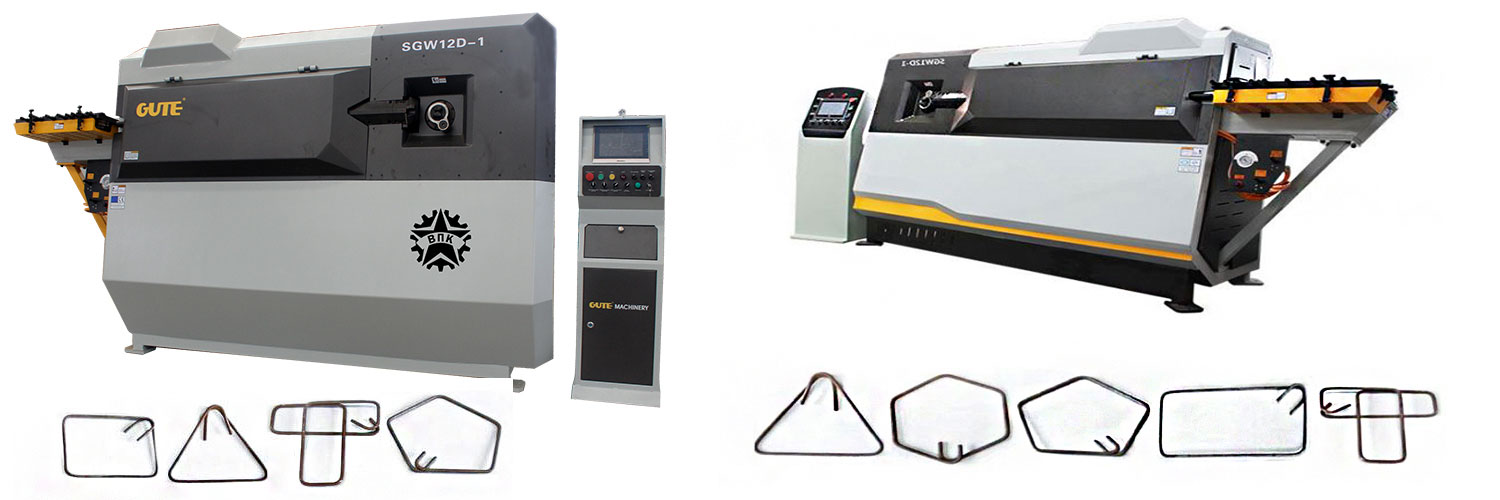


It provides the fabricator with all the necessary information to machine a part, without extraneous data that could muddle up a drawing and lead to confusion. Sectionals can also be utilized to zoom in on a particular element that may require further engineering details (tolerances, surface finish, unique geometry, etc.) Clear Tolerances And DimensionsĪ properly dimensioned print is a thing of beauty. On more detailed features, a sectional view can be a useful tool for including additional part dimensions, or for representing internal geometry that may not be viewable in the orthographic projections. These are critical elements of any CNC drawing, as they provide a great deal of information and help limit uncertainty when machining a part. They are usually shown on a print in rotations of 90deg. The orthographic projections offer representations as if one were looking directly at a part from various views (Top/Front/Bottom/Right/Left). It is important for the fabricator to understand part orientation as it relates to dimensioned geometry.

This view is generally portrayed without dimensions so as not to detract from the overall part presentation. It is generally angled in such a way as to showcase as many part features as possible.

This should be a clean representation of the finished part. When designing a drawing, engineers should include multiple views that highlight key part features/components and avoid unnecessary “guesswork” by anyone trying to interpret part geometry. Below, we will discuss some tips for producing a thorough drawing and how it can be used to save time and avoid headaches in the manufacturing process. Wrong! While 3D design has been a boon to the industry and is a valuable tool for engineers and machinists alike, the value of a detailed CNC drawing cannot be understated. After all, there is a great deal of information that can be pulled from a 3D model, so there really isn’t a need for prints anymore, right? In today’s modern age of CAD models and CAM programming, one could assume that we’ve moved beyond the times when part prints and CNC drawings were commonplace in manufacturing.


 0 kommentar(er)
0 kommentar(er)
